University of Redlands Emergency Alert System
Alert Received: . For more information, visit: https://www.redlands.edu/alert/
University of Redlands
- Home
- Trees
- Species Accounts
- Weeping Bottlebrush
Common Name: Weeping Bottlebrush
Scientific Name: Melaleuca viminalis: previously known as Callistemon citrinus1
Family: Myrtaceae
The Myrtaceae family includes over 3000 species of shrubs and trees that are native to the tropics. Modern use for the Myrtaceae family includes shade, essential oils, and also for aesthetic purposes due to its bright and radiant colors2
Identification
Habit: Mature size of 25-35 feet upright with stems that hang down loosely off the sides of the main trunk ranging in width of about 20-25 feet across and do not have an exact truck diameter due to multiple trucks of various sizes8.
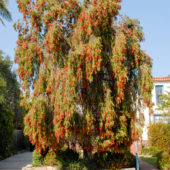 Figure 1 Full height of Weeping Bottlebrush3
Figure 1 Full height of Weeping Bottlebrush3
Leaves: The leaves of a Weeping Bottlebrush range in sizes from 3-6 inches long and 1-2 inches wide, with a description of being long narrow, smooth, and a gray-green color8. The texture of the leaves can be described as leathery evergreen.
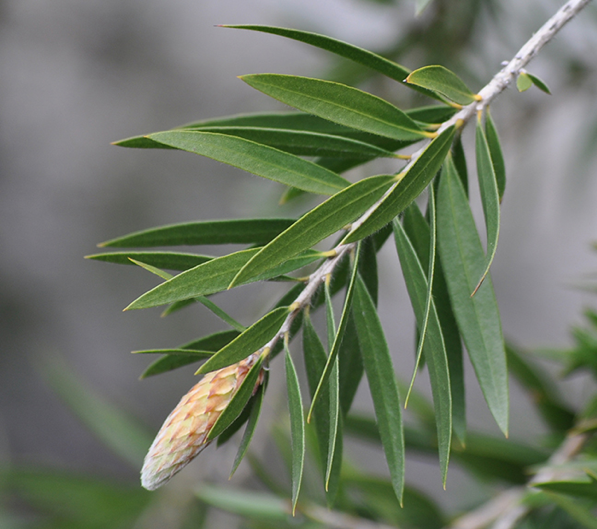 Figure 2 Long Narrow Gray-Green Leaves7
Figure 2 Long Narrow Gray-Green Leaves7
Twigs and Bark: The bark can be described as shaggy, dark-grey, and long fibrous strands with observable striations. The branches are droopy and multi-trunked without any thorns.
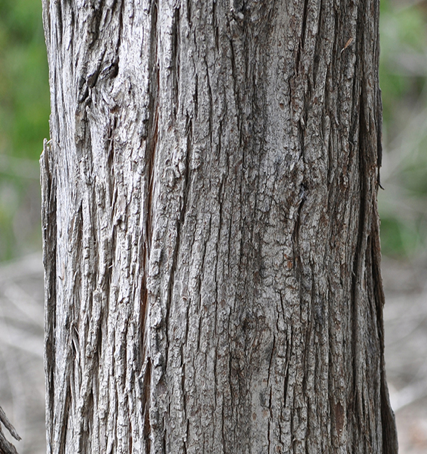 Figure 3 Fibrous bark of the Weeping Bottlebrush7
Figure 3 Fibrous bark of the Weeping Bottlebrush7
Flowers and Fruits: The fruit of the Weeping Bottlebrush is called a capsule and the shape can be described as a woody cup shape that is less than .5 inches both long and wide8. The flowers of the weeping bottlebrush are the most distinct attribute of this tree. The flowers are bright red spikes that cover the head like a bottlebrush in a cylindrical about 8 inches in full length. The plant is also self-pollinating and is monoecious10.
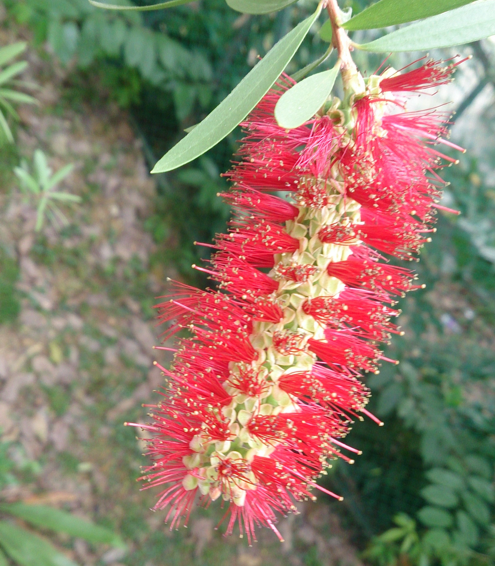 Figure 4 Full Bloom Flower of the Weeping Bottlebrush6
Figure 4 Full Bloom Flower of the Weeping Bottlebrush6
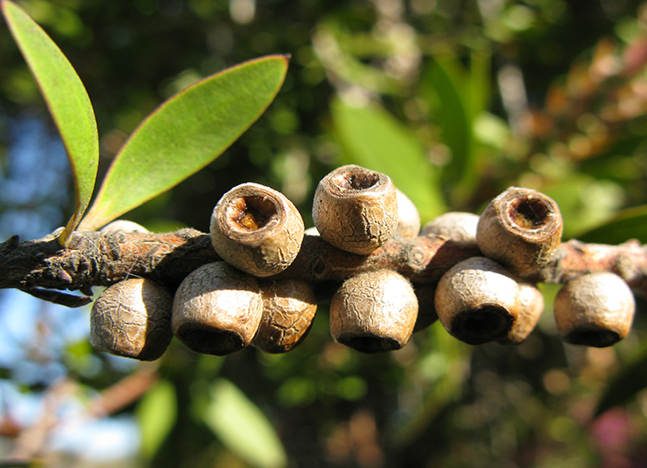 Figure 5 Fruits of the Weeping Bottlebrush7
Figure 5 Fruits of the Weeping Bottlebrush7
Where it’s from
Native Range: The Weeping Bottlebrush can be found in the Inland Empire of Southern California, but its native range is in Eastern Australia across coastal plains and stream banks. This tree prefers to be planted in warm conditions where it can receive full sun. If grown in an area with more shade, then the capsules will not fully blossom4. The Weeping Bottlebrush will grow in silt, loam, clay, and calcareous soils; all of which are well-drained soils3. The tree is well adapted to heat and is drought tolerant. If given the proper amount of water the tree could grow up to 30ft3.
 Figure 6 Map of Native Planting Range of the Weeping Bottlebrush11
Figure 6 Map of Native Planting Range of the Weeping Bottlebrush11
Ecological Notes: If the tree is inspected mites may be found on the base of the tree and can be treated with horticultural oil4. Witches' broom disease may also occur on this tree, due to mites being present on the tree causing stress to the tree. Witches' broom can be easily identified by the bundle of twigs present on the branches of the tree, this bundle can be either big or small9. The disease can be treated by being trimmed from the tree. There are no actual treatments due to this disease not being a huge danger to the tree. This plant should not be exposed to a high amount of water due to moisture causing cankers or root rots4. Cankers and root rots can be considered more of a danger and can be treated by supplying the tree with the proper reduced amount of water before the tree fully declines.
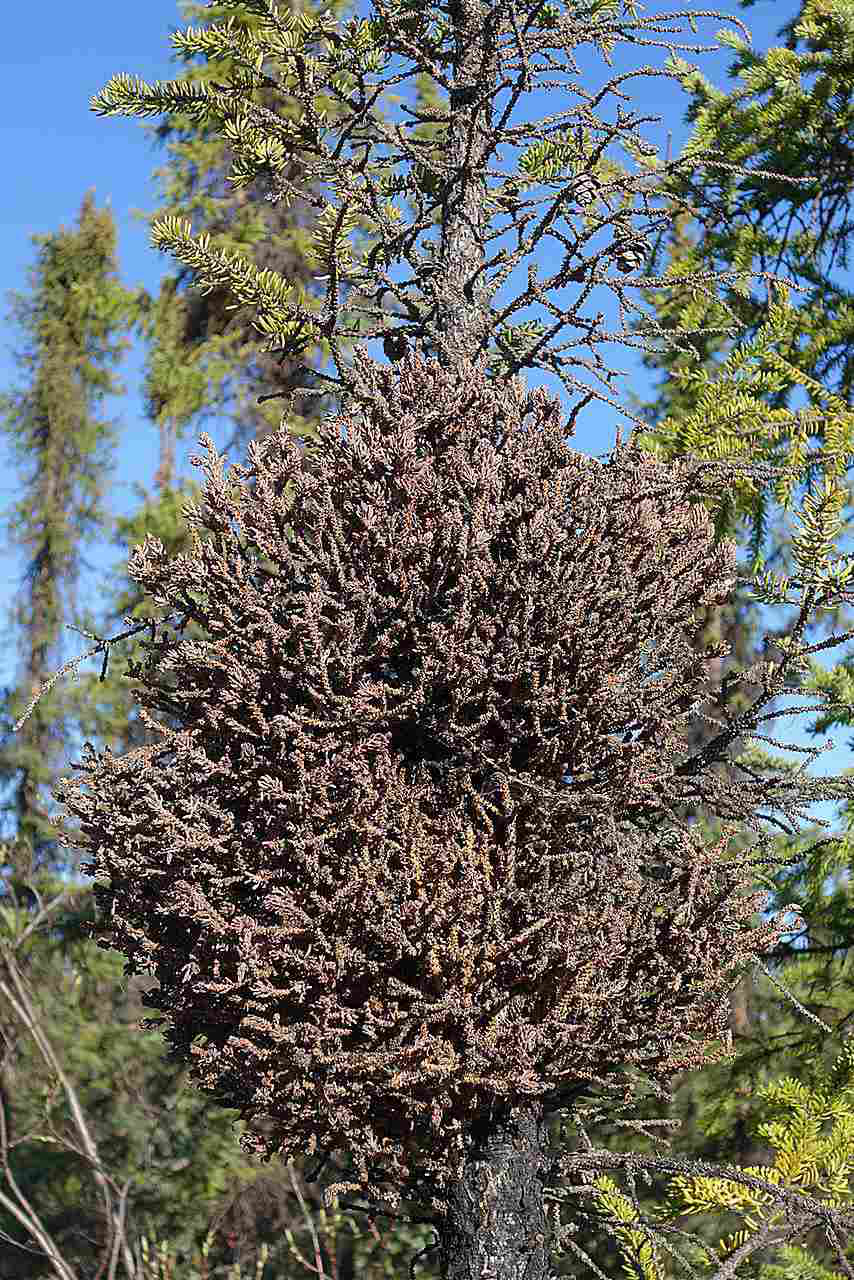 Figure 7 A branch infected by Witches Broom9
Figure 7 A branch infected by Witches Broom9
What do we use it for?
The weeping bottlebrush is commonly used as a source of shade because it is able to spread wide and cover larger areas despite having a smaller base. Their beautiful and radiant colors are used for their aesthetic purposes to liven up front yards and gardens. Other uses for the tree are essential oils that are secreted from the leaves. The oils are considered antibacterial, antifungal, and diuretic. We may find the oil in natural treatments as a topical antibacterial agent and ingested as a diuretic to increase the excretion of water through the system12.
References
Biographers
Ryanna Curtis ‘21 & Anthony Vargas ‘21, BIOL 338: Evolution, Ecology, and Behavior, Spring 2020